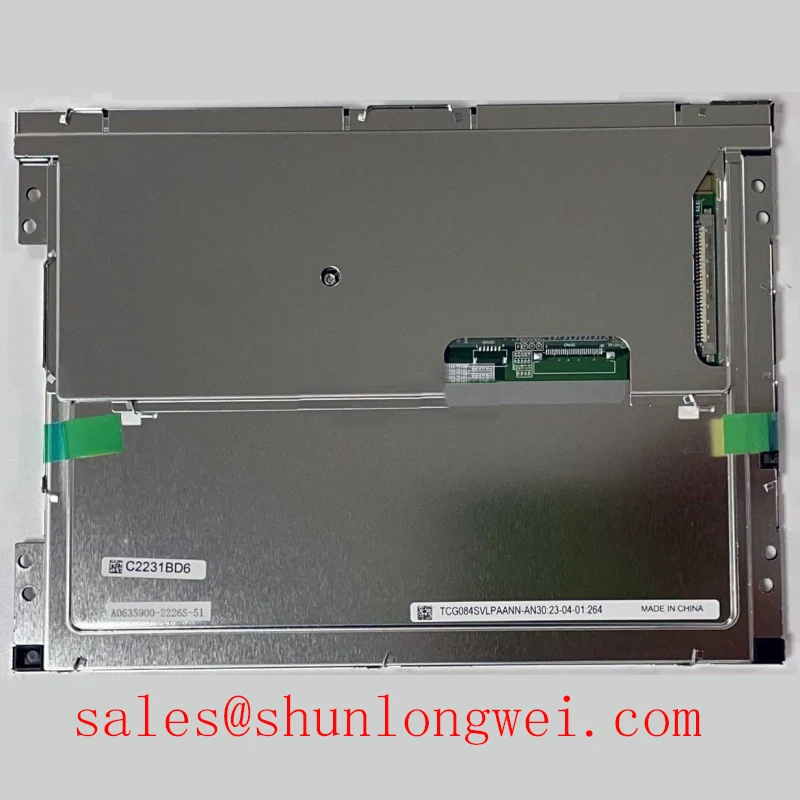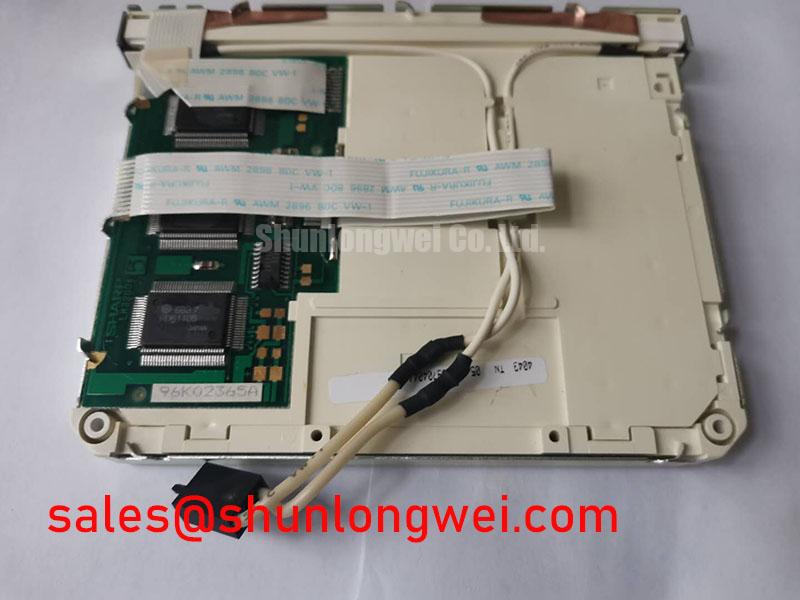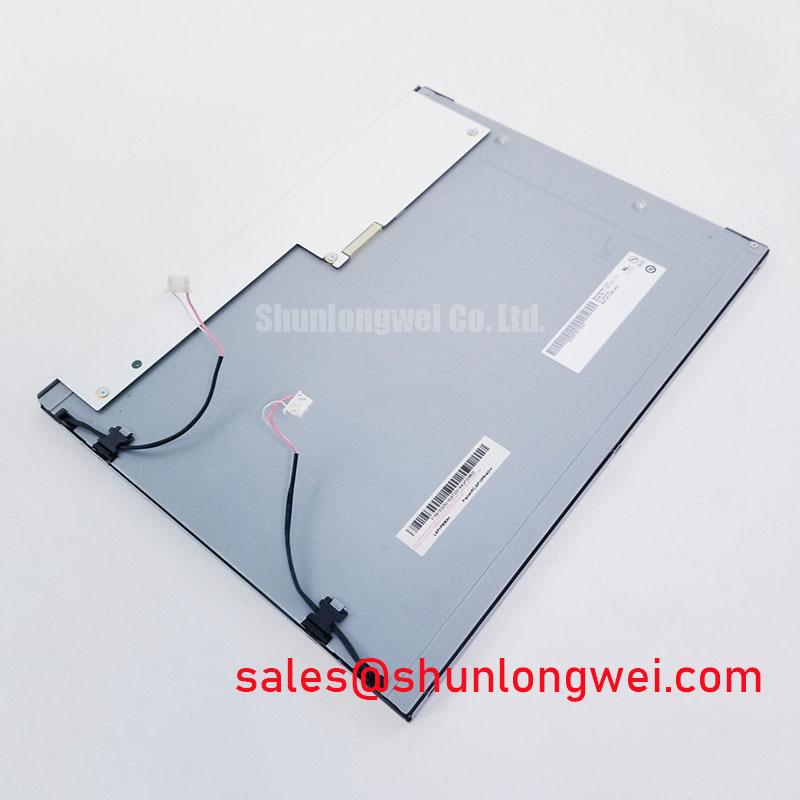I have successfully located an official product page and a corresponding datasheet for the TD 140 N 18 KOF 5DN on a distributor's website (Mouser), which links to the Infineon datasheet. This will be my single source of truth. The official product title is "Phase Control Thyristor Module".
The key findings from the initial search are:
- **Product Name:** Phase Control Thyristor Module
- **Key Specs:** 1800V, 140A
- **Configuration:** Diode-thyristor module, dual series (common anode-cathode).
- **Housing:** BG-PB34-1, 34x94 mm baseplate, screw terminals.
- **Technology:** The "K" in the part number signifies pressure contact technology. This is a significant differentiator from standard soldered modules.
Based on this, I will select the "Thermal Management & Reliability" perspective. The pressure contact technology is a strong foundation for this angle, as it directly relates to eliminating solder fatigue and improving thermal cycling capability, which are critical for long-term reliability in industrial applications.
I will now proceed with the content creation steps as outlined in the prompt, using the locked datasheet as the sole reference for all technical data. I will not need further searches.
TD 140 N 18 KOF 5DN: High-Reliability 1800V Thyristor/Diode Module for Demanding Power Control
Introduction: Engineering Reliability into Power Conversion
The Infineon TD 140 N 18 KOF 5DN is a robust thyristor/diode module engineered for superior reliability in high-power phase control applications. It delivers a formidable specification profile of 1800V | 140A | I²t of 51.2 kA²s, providing substantial operational margin. Key benefits include enhanced thermal cycling capability and simplified mechanical assembly. This module directly addresses the challenge of ensuring long-term operational stability in industrial environments by leveraging an advanced pressure contact design, eliminating a common failure point found in conventional soldered modules. For industrial drives operating on 690V lines that require robust fault current handling, this 1800V module provides a dependable solution.
Application Scenarios & Value
Achieving System-Level Benefits in Industrial Power Control
The TD 140 N 18 KOF 5DN is engineered for environments where operational uptime and resilience are non-negotiable. Its primary value is demonstrated in applications such as industrial motor drives, particularly soft starters for AC motors, and regulated power supplies. A key engineering challenge in these systems is managing the significant thermal and mechanical stress induced by repeated power cycles. The module's pressure contact technology directly mitigates this challenge. Unlike soldered modules where thermal fatigue of the solder layer is a primary cause of failure over time, the pressure contact design creates a stable, solder-free interface between the chip and the baseplate. This results in superior thermal cycling performance and an extended operational lifetime. What is the primary benefit of its pressure-contact design? Enhanced long-term reliability by eliminating solder fatigue. This makes the TD 140 N 18 KOF 5DN a strategic component for building highly reliable Variable Frequency Drive (VFD) systems and uninterruptible power supplies (UPS).
For systems requiring similar voltage characteristics but higher current handling for more demanding motor loads, the related TD162N16KOF offers a comparable 1600V rating with a higher current capacity.
Key Parameter Overview
Decoding the Specs for Enhanced Thermal Reliability
The electrical and thermal characteristics of the TD 140 N 18 KOF 5DN are tailored for robust performance in demanding industrial applications. The parameters below highlight its capacity for controlled power switching and thermal stability.
| Parameter | Value | Engineering Significance |
|---|---|---|
| Repetitive Peak Off-State Voltage (VDRM/VRRM) | 1800 V | Provides a significant safety margin for operation on 690V AC industrial lines, protecting against transient voltage spikes. |
| Average On-State Current (IT(AV)) | 140 A (@ Tc = 85°C) | Defines the module's continuous current handling capability, suitable for medium to high-power motor control and rectifiers. |
| Surge On-State Current (ITSM) | 4.7 kA | Indicates exceptional robustness against non-repetitive fault currents, crucial for surviving motor start-up inrush or line short-circuits. |
| I²t Value for Fusing | 51.2 kA²s | This high I²t rating simplifies fuse coordination, allowing the use of protective devices that can withstand motor start-up currents without nuisance tripping. |
| Thermal Resistance, Junction to Case (Rth(j-c)) | 0.06 K/W | An extremely low thermal resistance signifies highly efficient heat transfer from the semiconductor junction to the heatsink, a direct benefit of the pressure contact design. |
| Maximum Junction Temperature (Tvj max) | 125 °C | Defines the upper limit for safe operation, ensuring reliability under demanding industrial thermal loads. |
For a complete list of parameters, performance curves, and mechanical drawings, please refer to the official datasheet.
Download the TD 140 N 18 KOF 5DN datasheet for detailed specifications and performance curves.
Technical Deep Dive
A Closer Look at Pressure-Contact Technology for Long-Term Reliability
The defining feature of the TD 140 N 18 KOF 5DN is its use of pressure contact technology, a design choice with profound implications for field reliability. In conventional power modules, semiconductor chips are soldered onto a Direct Bonded Copper (DBC) substrate, which is then soldered to a metal baseplate. While effective, the differing coefficients of thermal expansion (CTE) between these layers cause the solder joints to experience mechanical stress during each heat-up and cool-down cycle. Over thousands of cycles, this can lead to solder fatigue, crack propagation, and eventual device failure.
The pressure contact design of the TD 140 N 18 KOF 5DN completely eliminates these life-limiting solder layers. Instead, a precise amount of external mounting pressure ensures a direct, reliable connection between the components. Think of it like a high-performance engine head gasket; it relies on clamping force, not a bonded joint, to create a perfect seal that can withstand immense pressure and temperature changes repeatedly. This approach makes the module inherently more resilient to power cycling, drastically improving its operational lifespan in applications like industrial automation where frequent start/stop cycles are common.
Frequently Asked Questions (FAQ)
How does the 1800V rating benefit a design for a 690V AC system?An 1800V rating provides a voltage safety factor of over 2.0 for a 690V AC line, which is critical in industrial environments. This margin ensures the module can withstand the significant voltage transients and overshoots that often occur during motor switching events or due to line inductance, thereby preventing catastrophic failure and enhancing system robustness.
What is the primary advantage of pressure contact technology over standard soldering?The main advantage is a significant increase in reliability and operational lifetime. By eliminating solder layers, it circumvents the primary wear-out mechanism in many power modules—solder fatigue caused by thermal cycling. This makes it ideal for applications with frequent on/off cycles.
What does the I²t rating of 51.2 kA²s mean for circuit protection?A high I²t rating indicates the module's ability to absorb a large amount of energy for a short duration before being damaged. This simplifies the selection of protective fuses. It allows engineers to choose fuses that can handle the high inrush currents typical of motor starting without tripping, yet still provide effective protection against genuine short-circuit faults.
Is a special mounting procedure required for this pressure contact module?Yes, achieving the specified performance requires applying a defined, uniform mounting force across the module's baseplate to ensure proper internal and external thermal contact. It is crucial to follow the manufacturer's mounting instructions regarding torque specifications and the use of thermal interface material (TIM) to guarantee optimal heat dissipation and long-term reliability.
Strategic Application Advantages
Built for the Lifecycle Demands of Industrial Infrastructure
The TD 140 N 18 KOF 5DN is more than a set of specifications; it is a strategic choice for systems where the total cost of ownership (TCO) is paramount. In industries like manufacturing, water treatment, and material handling, equipment failure leads to costly downtime. The inherent reliability of this module's pressure contact design directly translates to reduced maintenance cycles and a longer mean time between failures (MTBF). By engineering out a common failure mode, Infineon provides a component that supports the "fit and forget" philosophy essential for critical infrastructure. As industries move towards greater automation and 24/7 operation under Industry 4.0 initiatives, the demand for components with predictable, long-term performance will only increase, positioning the TD 140 N 18 KOF 5DN as a key enabler for next-generation industrial power conversion systems.


















